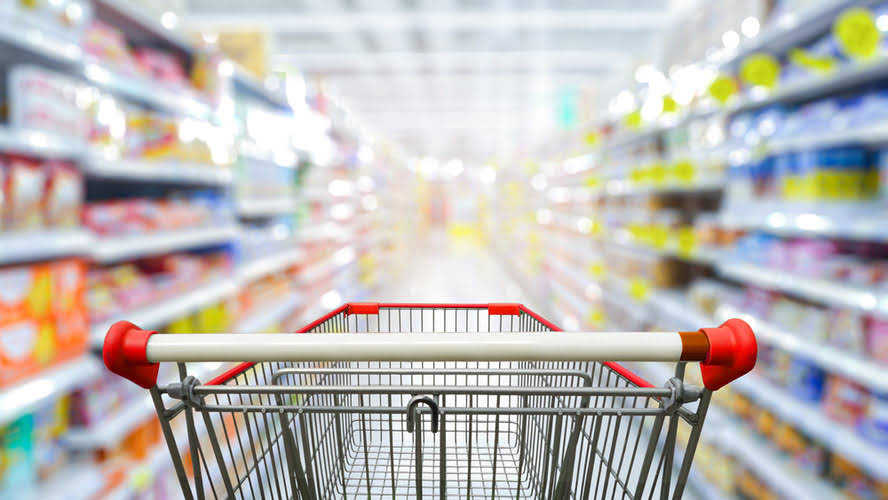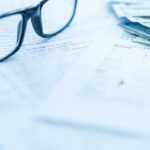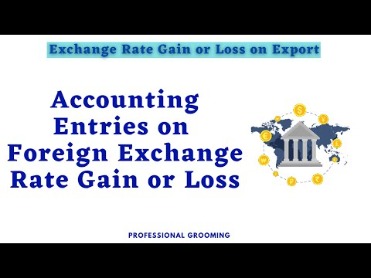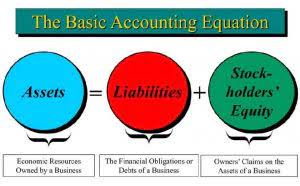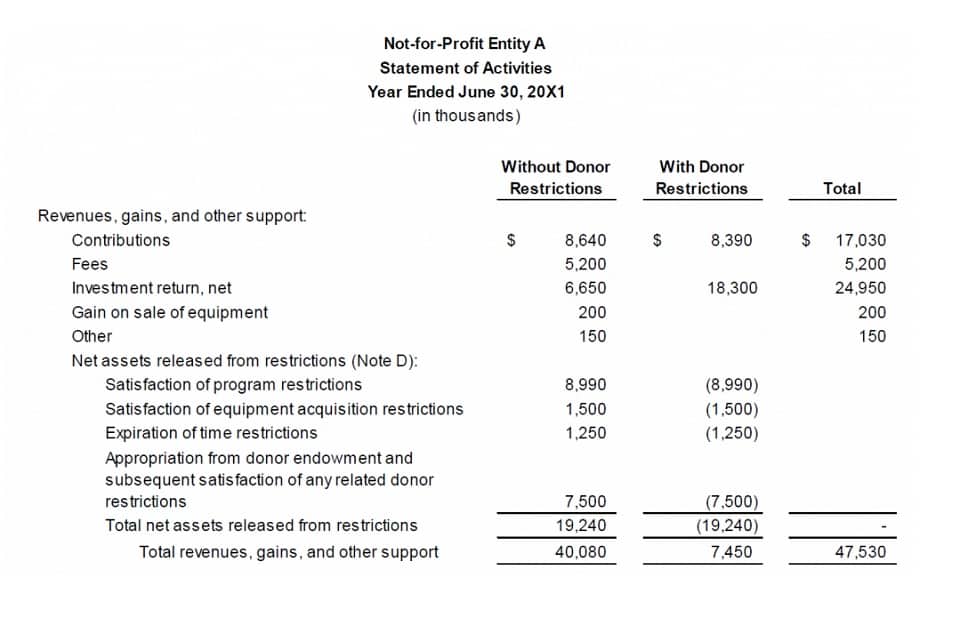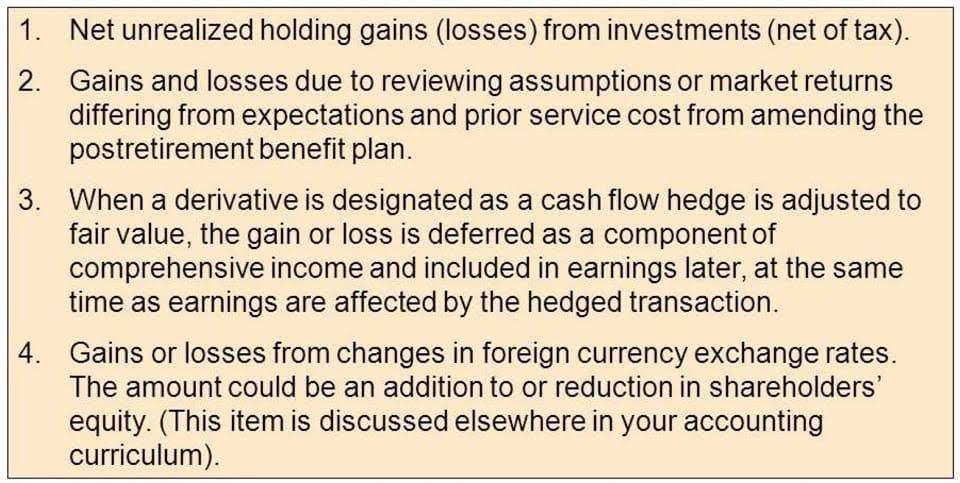Over the course of the projection period, the company’s management team expects revenue to grow at a constant rate of 10.0% each year. That said, an increase in A/R represents an outflow of cash, whereas a decrease in A/R is a cash inflow, as it means the company has been paid and thus has more liquidity (cash on hand). Therefore, the only remaining step is for the customer to hold up their end of the bargain by the ultimate guide to shopify accounting and automation actually paying the company in cash.
Accounts Receivable Days: What Is It, How to Calculate It, and More
- Let’s use an example of a business that has $10,000 in accounts receivable on January 1.
- According to the Credit Research Foundation’s (CRF) National Summary of Domestic Trade Receivables, the median DSO for companies across a variety of industries in Q3 of 2021 was 37.69 days.
- Generally, a figure of 25% more than the standard terms allowed may represent an opportunity for improvement.
- Now that you know where your company stands with your Days Sales Outstanding, you can focus on improving this number.
- Using an invoice email reminder template can help you decide what to say when you reach out.
- They may struggle for cash to pay these expenses from time to time if the DSO continues to be at a high value.
- Regular calculation helps reduce bad debt risks and improve cash flow management.
Additionally, these businesses can more easily enforce payment through credit exposure—customers simply won’t receive their next batch of products until payment is made. This contrasts with industries like Office & Facilities Management, where evicting people from their offices isn’t a feasible option if they fail to pay. In traditional sectors such as Office & Facilities Management and Consulting, DSOs are notably higher, with businesses often operating on 90-day payment terms. However, even companies at the median in Office & Facilities Management struggle to enforce these terms. On the other hand, organizations in the top 25th percentile in this sector—those we refer to as ‘the best in Upflow’—manage to achieve a DSO of 78 days, ensuring payments are received well within their terms. Small errors, such as incorrect amounts or missing information, can cause delays in marginal cost formula and calculation payment processing.
A high DSO number means that it’s taking longer than you expected to collect cash from customers. The high-level formula for calculating days sales outstanding is important — but the results can only tell you so much. While this metric seems simple on the surface, you’ll want to customize the calculation to get more granular views for your business. The A/R days metric, more formally referred to as days sales outstanding (DSO), counts the average number of days between the date of a completed credit sale and the date of cash collection. You may not always be able to control how quickly customers pay you once they have your invoice in hand. But sending out invoices as soon as possible once you’ve delivered a product or service is one action you can take to improve the speed of payment speed.
More frequently asked questions about DSO
Therefore, it is best to review an aging of accounts receivable by customer to understand the detail behind the days’ sales in accounts receivable ratio. The days’ sales in accounts receivable ratio (also known as the average collection period) tells you the number of days it took on average to collect the company’s accounts receivable during the past year. The formula for your days sales outstanding calculation is your average accounts receivable balance divided by revenue for the given period of time, all multiplied by the number of days in the period. A company’s days sales outstanding (DSO) is the average number of days it takes the business to collect payment over a how to print invoice from i period following a sale.
Set customers up with autopay
An increase in accounts receivable days can be caused by various factors such as extended credit terms, inefficient collection processes, customer payment delays, or an increase in sales on credit. These factors lengthen the time it takes for a company to collect payments from customers, leading to a higher accounts receivable turnover ratio. Days Sales Outstanding (DSO) quantifies the average time it takes for a company to convert credit sales into cash. Also known as days sales in accounts receivable or debtor days, it is a vital metric for assessing a business’s cash flow efficiency and the effectiveness of its credit and collections processes. The days sales in accounts receivable is a financial metric that measures the average number of days it takes for a company to collect payments from its customers after a sale has been made. It is calculated by dividing the total accounts receivable balance by the average daily sales.
Explore More Insights
Another way to improve your cash flow is to require a deposit before starting work, or to agree payment terms that require progress payments. Both upfront deposits and progress payments, which are delivered based on the completion of a specific part of the work you’re doing for a client, can help you get paid faster for your work. But your ideal days-sales-outstanding ratio depends on your industry and type of business. According to the Credit Research Foundation, the average days sales outstanding for the third quarter of 2024 for domestic trade receivables was 36.8 days. Let’s use an example of a business that has $10,000 in accounts receivable on January 1.
A low DSO number means that it takes your company a reasonably short time to collect payment from customers paying on credit terms. A high DSO number means that it takes your company longer to collect from these customers and could potentially signal inefficiencies in your collections processes. The calculation of days sales outstanding (DSO) involves dividing the accounts receivable balance by the revenue for the period, which is then multiplied by 365 days. The differences between days sales outstanding and average collection period are nuanced and dependent on your industry. Some will say that DSO and ACP are interchangeable metrics while others note subtle differences in their calculations.
- Days Sales Outstanding (DSO) measures a company’s average receivables during a specific period, usually one month.
- It shows the average number of days it takes to convert credit sales into cash, offering insight into your accounts receivable performance.
- This could be due to their reliance on physical inventory, which drives a need for quicker payment following a transaction.
- Revenue is recognized at the time of sale, aligning with the accrual accounting principle, which records revenue when earned rather than when received.
- Understanding and effectively utilizing DSO is critical for credit and collections managers to plan their next action items.
- Regulations like the Sarbanes-Oxley Act mandate rigorous internal controls over financial reporting to ensure accuracy and prevent fraud.
How is the full year DSO calculated?
Managing receivables effectively requires anticipating the risk of non-payment, which is where provisions for doubtful accounts come into play. These reserves represent an estimate of receivables unlikely to be collected, providing a more accurate picture of financial health. This approach aligns with the accounting principle of conservatism, ensuring assets like accounts receivable are not overstated on the balance sheet. Divide your final accounts receivable by the total credit sales for the period (monthly, quarterly, or annually), multiply the result by the number of days in the period, and you’ll have your answer. A high receivable day means that a company is inefficient in its collection processes and its payment terms might be too lenient.








